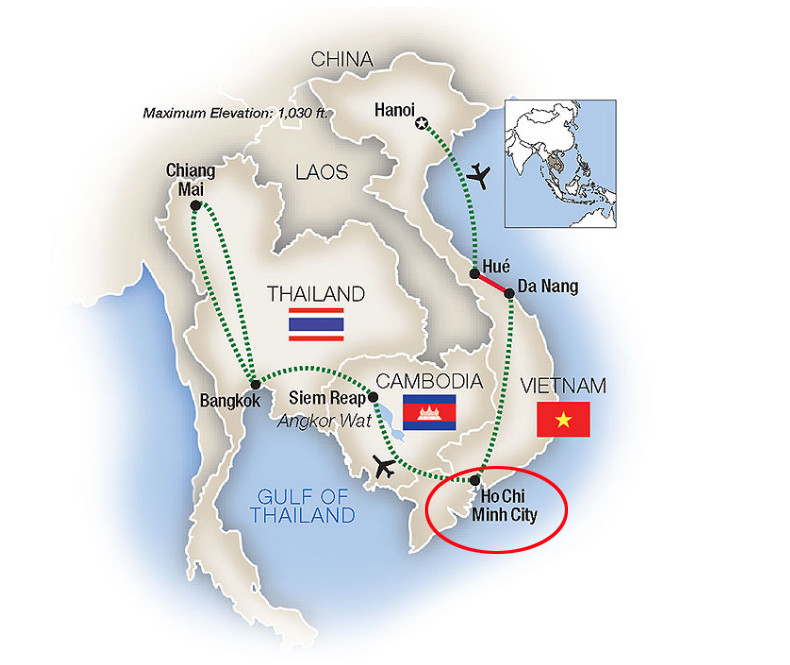Vietnam: Saigon (Ho Chi Minh City)
Nov 21, 2022 16:03:29 #
We boarded our Vietnam Airlines flight in Da Nang and flew southeast to Saigon (Ho Chi Minh City) where we landed at Tan Son Nuat International Airport. On the way to our hotel, we stopped to explore the Thien Hau pagoda in the heart of the city which was built by a group of Chinese immigrants around 1760 and was restored many times. The pagoda is located in the central area of the first Chinese center which is the area of Cho Lon today. https://vietnamdiscovery.com/ho-chi-minh-city/attractions/thien-hau-pagoda/
An excerpt of an extensive Wikipedia article:
Ho Chi Minh City (Vietnamese: Thành phố Hồ Chí Minh; formerly (and still commonly) known as Saigon (Vietnamese: Sài Gòn; Northern [sàj ɣɔ̀n], Southern [ʂàj ɣɔ̀ŋ], is the largest city in Vietnam, with a population of around 9 million in 2019. Situated in the southeast region of Vietnam, the city surrounds the Saigon River and covers about 2,061 km2 (796 sq mi).
Saigon was the capital of French Indochina from 1887 to 1902, and again from 1945 until its cessation in 1954. Following the partition of French Indochina, it became the capital of South Vietnam until the Fall of Saigon in 1975. The communist government renamed Saigon in honour of Hồ Chí Minh shortly after the Fall of Saigon. Beginning in the 1990s, the city underwent rapid modernization and expansion, contributing to Vietnam's post-war economic recovery.
It is known for its well-preserved French colonial architecture and vibrant street life. Its varied cultural institutions, which include historic landmarks, walking streets, museums and galleries, attracts over 8 million international visitors each year.
An etymology of Saigon (or Sài Gòn in Vietnamese) is that Sài is a Sino-Vietnamese word (Hán tự: 柴) meaning "firewood, lops, twigs; palisade", while Gòn is another Sino-Vietnamese word (Hán tự: 棍) meaning "stick, pole, bole", and whose meaning evolved into "cotton" in Vietnamese (bông gòn, literally "cotton stick", i.e., "cotton plant", then shortened to gòn). This name may refer to the many kapok plants that the Khmer people had planted around Prey Nokor, and which can still be seen at Cây Mai temple and surrounding areas. It may also refer to the dense and tall forest that once existed around the city, a forest to which the Khmer name, Prey Nokor, already referred.
Ho Chi Minh City
The current official name, Thành phố Hồ Chí Minh, was first proclaimed in 1946, and later adopted in 1976. It is abbreviated as TP.HCM, and translated in English as Ho Chi Minh City, abbreviated as HCMC, and in French as Hô-Chi-Minh-Ville (the circumflex is sometimes omitted), abbreviated as HCMV. The name commemorates Ho Chi Minh, the first leader of North Vietnam. This name, though not his given name, was one he favored throughout his later years. It combines a common Vietnamese surname (Hồ, 胡) with a given name meaning "enlightened will" (from Sino-Vietnamese 志 明; Chí meaning 'will' or 'spirit', and Minh meaning 'light'), in essence, meaning "light bringer". Nowadays, "Saigon" is commonly used to refer to the city's central business districts, "Prey Nokor city" is wellknown in Khmer language, whereas "Ho Chi Minh City" is used to refer to the whole city
Ho Chi Minh City is a major centre for finance, media, technology, education, and transportation. The city generates nearly a quarter of the country's total GDP, and is home to many multinational companies. Tan Son Nhat International Airport, the main airport serving the city, is the busiest airport in the country by passenger traffic, accounting for nearly half of all international arrivals to Vietnam.
Ho Chi Minh City has a Human Development Index of 0.795 (high), ranking second among all municipalities and provinces of Vietnam.
Prior to Vietnamese settlement in the 17th century, the city was a scarcely populated area that had been part of historic empires of Funan, Chenla, and Cambodia. With the arrival of the Vietnamese, the area became more populated and officials began establishing the city from 1623 to 1698. After it was ceded by the last Vietnamese dynasty to the French in 1862, the name Saigon was adopted and the city underwent urbanization to become a financial center in the region.
Early settlement
The earliest settlement in the area was a Funan temple at the location of the current Phụng Sơn Buddhist temple, founded in the 4th century AD. A settlement called Baigaur was established on the site in the 11th century by the Champa. Baigaur was renamed Prey Nokor around 1145, Prey Nokor grew on the site of a small fishing village and area of forest.
The first Vietnamese people crossed the sea to explore this land completely without the organisation of the Nguyễn Lords. Thanks to the marriage between Princess Nguyễn Phúc Ngọc Vạn - daughter of Lord Nguyễn Phúc Nguyên - and the King of Cambodia Chey Chettha II in 1620, the relationship between Vietnam and Cambodia became smooth, and the people of the two countries could freely move back and forth. Vietnamese settlers began to migrate to the area of Saigon, Dong Nai. Before that, the Funanese, Khmer, and Cham had lived there, scattered from time immemorial.
The period from 1623 to 1698 is considered the period of the formation of later Saigon. In 1623, Lord Nguyen sent a mission to ask his son-in-law, King Chey Chettha II, to set up tax collection stations in Prey Nokor (Saigon) and Kas Krobei (Ben Nghe). Although this was a deserted jungle area, it was located on the traffic routes between Vietnam, Cambodia, and Siam. The next two important events of this period were the establishment of the barracks and residence of Vice King Ang Non and the establishment of a palace at Tan My (near the present-day Cong Quynh–Nguyen Trai crossroads). It can be said that Saigon was formed from these three government agencies.
Nguyễn Dynasty rule
In 1679, Lord Nguyễn Phúc Tần allowed a group of Chinese refugees from the Qing Dynasty to settle in My Tho, Bien Hoa and Saigon to seek refuge. In 1698, Nguyễn Hữu Cảnh, a Vietnamese noble, was sent by the Nguyễn rulers of Huế by sea to establish Vietnamese administrative structures in the area, thus detaching the area from Cambodia, which was not strong enough to intervene. He is often credited with the expansion of Saigon into a significant settlement. In 1788, Nguyễn Ánh captured the city, and used it as a centre of resistance against Tây Sơn. Two years later, a large Vauban citadel called Gia Định, or Thành Bát Quái ("Eight Diagrams") was built by Victor Olivier de Puymanel, one of the Nguyễn Ánh's French mercenaries.
The citadel was captured by Lê Văn Khôi during his revolt of 1833–35 against Emperor Minh Mạng. Following the revolt, Minh Mạng ordered it to be dismantled, and a new citadel, called Phụng Thành, was built in 1836. In 1859, the citadel was destroyed by the French following the Battle of Kỳ Hòa. Initially called Gia Dinh, the Vietnamese city became Saigon in the 18th century.
French colonial era
Ceded to France by the 1862 Treaty of Saigon, the city was planned by the French to transform into a large town for colonisation. During the late 19th and early 20th centuries, construction of various French-style buildings began, including a botanical garden, the Norodom Palace, Hotel Continental, Notre-Dame Cathedral, and Bến Thành Market, among many others. In April 1865, Gia Dinh Bao was established in Saigon, becoming the first newspaper published in Vietnam. During the French colonial era, Saigon became known as "Pearl of the Orient" (Hòn ngọc Viễn Đông), or "Paris of the Extreme Orient".
On 27 April 1931, a new région called Saigon–Cholon consisting of Saigon and Cholon was formed; the name Cholon was dropped after South Vietnam gained independence from France in 1955. From about 256,000 in 1930, Saigon's population rose to 1.2 million in 1950.
Republic of Vietnam era
In 1949, former Emperor Bảo Đại made Saigon the capital of the State of Vietnam with himself as head of state. In 1954, the Geneva Agreement partitioned Vietnam along the 17th parallel (Bến Hải River), with the communist Việt Minh, under Ho Chi Minh, gaining complete control of the northern half of the country, while the southern half gaining independence from France. The State officially became the Republic of Vietnam when Bảo Đại was deposed by his Prime Minister Ngô Đình Diệm in the 1955 referendum, with Saigon as its capital. On 22 October 1956, the city was given the official name, Đô Thành Sài Gòn ("Capital City Saigon"). After the decree of 27 March 1959 came into effect, Saigon was divided into eight districts and 41 wards. In December 1966, two wards from old An Khánh Commune of Gia Định, were formed into District 1, then seceded shortly later to became District 9. In July 1969, District 10 and District 11 were founded, and by 1975, the city's area consisted of eleven districts, Gia Định, Củ Chi District (Hậu Nghĩa), and Phú Hòa District (Bình Dương).
Saigon served as the financial, industrial and transport centre of the Republic of Vietnam. In the late 1950s, with the U.S. providing nearly $2 billion in aid to the Diệm regime, the country's economy grew rapidly under capitalism; by 1960, over half of South Vietnam's factories were located in Saigon. However, beginning in the 1960s, Saigon experienced economic downturn and high inflation, as it was completely dependent on U.S. aid and imports from other countries. As a result of widespread urbanisation, with the population reaching 3.3 million by 1970, the city was described by the USAID as being turned "into a huge slum". The city also suffered from "prostitutes, drug addicts, corrupt officials, beggars, orphans, and Americans with money", and according to Stanley Karnow, it was "a black-market city in the largest sense of the word".
On 28 April 1955, the Vietnamese National Army launched an attack against Bình Xuyên military force in the city. The battle lasted until May, killing an estimated 500 people and leaving about 20,000 homeless. Ngô Đình Diệm then later turned on other paramilitary groups in Saigon, including the Hòa Hảo Buddhist reform movement. On 11 June 1963, Buddhist monk Thích Quảng Đức burned himself in the city, in protest of the Diệm regime. On 1 November of the same year, Diệm was assassinated in Saigon, in a successful coup by Dương Văn Minh.
During the 1968 Tet Offensive, communist forces launched a failed attempt to capture the city. On 30 April 1975, Saigon was captured, ending the Vietnam War with a victory for North Vietnam, and the city came under the control of the Vietnamese People's Army.
Post–Vietnam War and today
In 1976, upon the establishment of the unified communist Socialist Republic of Vietnam, the city of Saigon (including the Cholon area), the province of Gia Ðịnh and two suburban districts of two other nearby provinces were combined to create Ho Chi Minh City, in honour of the late Communist leader Ho Chi Minh. At the time, the city covered an area of 1,295.5 square kilometres (500.2 sq mi) with eight districts and five rurals: Thủ Đức, Hóc Môn, Củ Chi, Bình Chánh, and Nhà Bè. Since 1978, administrative divisions in the city have been revised numerous times, most recently in 2020, when District 2, District 9, and Thủ Đức District were consolidated to form a municipal city.
Today, Ho Chi Minh City, along with its surrounding provinces, is described as "the manufacturing hub" of Vietnam, and "an attractive business hub". In terms of cost, it was ranked the 111th-most expensive major city in the world according to a 2020 survey of 209 cities. In terms of international connectedness, as of 2020, the city was classified as a "Beta" city by the Globalization and World Cities Research Network.
Tourist attractions in Ho Chi Minh City are mainly related to periods of French colonisation and the Vietnam War. The city's centre has some wide American-style boulevards and a few French colonial buildings. The majority of these tourist spots are located in District 1 and are a short distance from each other. The most prominent structures in the city centre are the Reunification Palace (Dinh Thống Nhất), City Hall (Ủy ban nhân dân Thành phố), Municipal Theatre (Nhà hát thành phố, also known as the Opera House), City Post Office (Bưu điện thành phố), State Bank Office (Ngân hàng Nhà nước), City People's Court (Tòa án nhân dân thành phố), and Notre-Dame Cathedral (Nhà thờ Đức Bà Sài Gòn), which was constructed between 1863 and 1880. Some of the historic hotels include the Hotel Majestic, dating from the French colonial era, and the Rex and Caravelle hotels, both of which are former hangouts for American officers and war correspondents in the 1960s & '70s.
The city has various museums including the Ho Chi Minh City Museum, Museum of Vietnamese History, the Revolutionary Museum, the Museum of south-eastern Armed Forces, the War Remnants Museum, the Museum of Southern Women, the Museum of Fine Arts, the Nha Rong Memorial House, and the Ben Duoc Relic of Underground Tunnels. The Củ Chi tunnels are north-west of the city in Củ Chi District. The Saigon Zoo and Botanical Gardens, in District 1, dates from 1865. The Đầm Sen Tourist and Cultural Park, Suối Tiên Amusement and Culture Park, and Cần Giờ's Eco beach resort are three recreational sites inside the city which are popular with tourists. Aside from the Municipal Theatre, there are other places of entertainment such as the Bến Thành Theatre, Hòa Bình Theatre, and the Lan Anh Music Stage. Ho Chi Minh City is home to hundreds of cinemas and theatres, with cinema and drama theatre revenue accounting for 60–70% of Vietnam's total revenue in this industry. Unlike other theatrical organisations found in Vietnam's provinces and municipalities, residents of Ho Chi Minh City keep their theatres active without the support of subsidies from the Vietnamese government. The city is also home to most of the private film companies in Vietnam.
Like many of Vietnam's smaller cities, the city boasts a multitude of restaurants serving typical Vietnamese dishes such as phở or rice vermicelli. Backpacking travellers most often frequent the "Backpackers’ Quarter" on Phạm Ngũ Lão Street and Bùi Viện Street, District 1.
It was approximated that 4.3 million tourists visited Vietnam in 2007, of which 70 percent, approximately 3 million tourists, visited Ho Chi Minh City. According to the most recent international tourist statistic, Ho Chi Minh City welcomed 6 million tourists in 2017.
According to Mastercard's 2019 report, Ho Chi Minh City is also the country's second most visited city (18th in Asia Pacific), with 4.1 million overnight international visitors in 2018 (after Hanoi with 4.8 million visitors).
https://en.wikipedia.org/wiki/Ho_Chi_Minh_City
I hope you enjoy these!
Mark
An excerpt of an extensive Wikipedia article:
Ho Chi Minh City (Vietnamese: Thành phố Hồ Chí Minh; formerly (and still commonly) known as Saigon (Vietnamese: Sài Gòn; Northern [sàj ɣɔ̀n], Southern [ʂàj ɣɔ̀ŋ], is the largest city in Vietnam, with a population of around 9 million in 2019. Situated in the southeast region of Vietnam, the city surrounds the Saigon River and covers about 2,061 km2 (796 sq mi).
Saigon was the capital of French Indochina from 1887 to 1902, and again from 1945 until its cessation in 1954. Following the partition of French Indochina, it became the capital of South Vietnam until the Fall of Saigon in 1975. The communist government renamed Saigon in honour of Hồ Chí Minh shortly after the Fall of Saigon. Beginning in the 1990s, the city underwent rapid modernization and expansion, contributing to Vietnam's post-war economic recovery.
It is known for its well-preserved French colonial architecture and vibrant street life. Its varied cultural institutions, which include historic landmarks, walking streets, museums and galleries, attracts over 8 million international visitors each year.
An etymology of Saigon (or Sài Gòn in Vietnamese) is that Sài is a Sino-Vietnamese word (Hán tự: 柴) meaning "firewood, lops, twigs; palisade", while Gòn is another Sino-Vietnamese word (Hán tự: 棍) meaning "stick, pole, bole", and whose meaning evolved into "cotton" in Vietnamese (bông gòn, literally "cotton stick", i.e., "cotton plant", then shortened to gòn). This name may refer to the many kapok plants that the Khmer people had planted around Prey Nokor, and which can still be seen at Cây Mai temple and surrounding areas. It may also refer to the dense and tall forest that once existed around the city, a forest to which the Khmer name, Prey Nokor, already referred.
Ho Chi Minh City
The current official name, Thành phố Hồ Chí Minh, was first proclaimed in 1946, and later adopted in 1976. It is abbreviated as TP.HCM, and translated in English as Ho Chi Minh City, abbreviated as HCMC, and in French as Hô-Chi-Minh-Ville (the circumflex is sometimes omitted), abbreviated as HCMV. The name commemorates Ho Chi Minh, the first leader of North Vietnam. This name, though not his given name, was one he favored throughout his later years. It combines a common Vietnamese surname (Hồ, 胡) with a given name meaning "enlightened will" (from Sino-Vietnamese 志 明; Chí meaning 'will' or 'spirit', and Minh meaning 'light'), in essence, meaning "light bringer". Nowadays, "Saigon" is commonly used to refer to the city's central business districts, "Prey Nokor city" is wellknown in Khmer language, whereas "Ho Chi Minh City" is used to refer to the whole city
Ho Chi Minh City is a major centre for finance, media, technology, education, and transportation. The city generates nearly a quarter of the country's total GDP, and is home to many multinational companies. Tan Son Nhat International Airport, the main airport serving the city, is the busiest airport in the country by passenger traffic, accounting for nearly half of all international arrivals to Vietnam.
Ho Chi Minh City has a Human Development Index of 0.795 (high), ranking second among all municipalities and provinces of Vietnam.
Prior to Vietnamese settlement in the 17th century, the city was a scarcely populated area that had been part of historic empires of Funan, Chenla, and Cambodia. With the arrival of the Vietnamese, the area became more populated and officials began establishing the city from 1623 to 1698. After it was ceded by the last Vietnamese dynasty to the French in 1862, the name Saigon was adopted and the city underwent urbanization to become a financial center in the region.
Early settlement
The earliest settlement in the area was a Funan temple at the location of the current Phụng Sơn Buddhist temple, founded in the 4th century AD. A settlement called Baigaur was established on the site in the 11th century by the Champa. Baigaur was renamed Prey Nokor around 1145, Prey Nokor grew on the site of a small fishing village and area of forest.
The first Vietnamese people crossed the sea to explore this land completely without the organisation of the Nguyễn Lords. Thanks to the marriage between Princess Nguyễn Phúc Ngọc Vạn - daughter of Lord Nguyễn Phúc Nguyên - and the King of Cambodia Chey Chettha II in 1620, the relationship between Vietnam and Cambodia became smooth, and the people of the two countries could freely move back and forth. Vietnamese settlers began to migrate to the area of Saigon, Dong Nai. Before that, the Funanese, Khmer, and Cham had lived there, scattered from time immemorial.
The period from 1623 to 1698 is considered the period of the formation of later Saigon. In 1623, Lord Nguyen sent a mission to ask his son-in-law, King Chey Chettha II, to set up tax collection stations in Prey Nokor (Saigon) and Kas Krobei (Ben Nghe). Although this was a deserted jungle area, it was located on the traffic routes between Vietnam, Cambodia, and Siam. The next two important events of this period were the establishment of the barracks and residence of Vice King Ang Non and the establishment of a palace at Tan My (near the present-day Cong Quynh–Nguyen Trai crossroads). It can be said that Saigon was formed from these three government agencies.
Nguyễn Dynasty rule
In 1679, Lord Nguyễn Phúc Tần allowed a group of Chinese refugees from the Qing Dynasty to settle in My Tho, Bien Hoa and Saigon to seek refuge. In 1698, Nguyễn Hữu Cảnh, a Vietnamese noble, was sent by the Nguyễn rulers of Huế by sea to establish Vietnamese administrative structures in the area, thus detaching the area from Cambodia, which was not strong enough to intervene. He is often credited with the expansion of Saigon into a significant settlement. In 1788, Nguyễn Ánh captured the city, and used it as a centre of resistance against Tây Sơn. Two years later, a large Vauban citadel called Gia Định, or Thành Bát Quái ("Eight Diagrams") was built by Victor Olivier de Puymanel, one of the Nguyễn Ánh's French mercenaries.
The citadel was captured by Lê Văn Khôi during his revolt of 1833–35 against Emperor Minh Mạng. Following the revolt, Minh Mạng ordered it to be dismantled, and a new citadel, called Phụng Thành, was built in 1836. In 1859, the citadel was destroyed by the French following the Battle of Kỳ Hòa. Initially called Gia Dinh, the Vietnamese city became Saigon in the 18th century.
French colonial era
Ceded to France by the 1862 Treaty of Saigon, the city was planned by the French to transform into a large town for colonisation. During the late 19th and early 20th centuries, construction of various French-style buildings began, including a botanical garden, the Norodom Palace, Hotel Continental, Notre-Dame Cathedral, and Bến Thành Market, among many others. In April 1865, Gia Dinh Bao was established in Saigon, becoming the first newspaper published in Vietnam. During the French colonial era, Saigon became known as "Pearl of the Orient" (Hòn ngọc Viễn Đông), or "Paris of the Extreme Orient".
On 27 April 1931, a new région called Saigon–Cholon consisting of Saigon and Cholon was formed; the name Cholon was dropped after South Vietnam gained independence from France in 1955. From about 256,000 in 1930, Saigon's population rose to 1.2 million in 1950.
Republic of Vietnam era
In 1949, former Emperor Bảo Đại made Saigon the capital of the State of Vietnam with himself as head of state. In 1954, the Geneva Agreement partitioned Vietnam along the 17th parallel (Bến Hải River), with the communist Việt Minh, under Ho Chi Minh, gaining complete control of the northern half of the country, while the southern half gaining independence from France. The State officially became the Republic of Vietnam when Bảo Đại was deposed by his Prime Minister Ngô Đình Diệm in the 1955 referendum, with Saigon as its capital. On 22 October 1956, the city was given the official name, Đô Thành Sài Gòn ("Capital City Saigon"). After the decree of 27 March 1959 came into effect, Saigon was divided into eight districts and 41 wards. In December 1966, two wards from old An Khánh Commune of Gia Định, were formed into District 1, then seceded shortly later to became District 9. In July 1969, District 10 and District 11 were founded, and by 1975, the city's area consisted of eleven districts, Gia Định, Củ Chi District (Hậu Nghĩa), and Phú Hòa District (Bình Dương).
Saigon served as the financial, industrial and transport centre of the Republic of Vietnam. In the late 1950s, with the U.S. providing nearly $2 billion in aid to the Diệm regime, the country's economy grew rapidly under capitalism; by 1960, over half of South Vietnam's factories were located in Saigon. However, beginning in the 1960s, Saigon experienced economic downturn and high inflation, as it was completely dependent on U.S. aid and imports from other countries. As a result of widespread urbanisation, with the population reaching 3.3 million by 1970, the city was described by the USAID as being turned "into a huge slum". The city also suffered from "prostitutes, drug addicts, corrupt officials, beggars, orphans, and Americans with money", and according to Stanley Karnow, it was "a black-market city in the largest sense of the word".
On 28 April 1955, the Vietnamese National Army launched an attack against Bình Xuyên military force in the city. The battle lasted until May, killing an estimated 500 people and leaving about 20,000 homeless. Ngô Đình Diệm then later turned on other paramilitary groups in Saigon, including the Hòa Hảo Buddhist reform movement. On 11 June 1963, Buddhist monk Thích Quảng Đức burned himself in the city, in protest of the Diệm regime. On 1 November of the same year, Diệm was assassinated in Saigon, in a successful coup by Dương Văn Minh.
During the 1968 Tet Offensive, communist forces launched a failed attempt to capture the city. On 30 April 1975, Saigon was captured, ending the Vietnam War with a victory for North Vietnam, and the city came under the control of the Vietnamese People's Army.
Post–Vietnam War and today
In 1976, upon the establishment of the unified communist Socialist Republic of Vietnam, the city of Saigon (including the Cholon area), the province of Gia Ðịnh and two suburban districts of two other nearby provinces were combined to create Ho Chi Minh City, in honour of the late Communist leader Ho Chi Minh. At the time, the city covered an area of 1,295.5 square kilometres (500.2 sq mi) with eight districts and five rurals: Thủ Đức, Hóc Môn, Củ Chi, Bình Chánh, and Nhà Bè. Since 1978, administrative divisions in the city have been revised numerous times, most recently in 2020, when District 2, District 9, and Thủ Đức District were consolidated to form a municipal city.
Today, Ho Chi Minh City, along with its surrounding provinces, is described as "the manufacturing hub" of Vietnam, and "an attractive business hub". In terms of cost, it was ranked the 111th-most expensive major city in the world according to a 2020 survey of 209 cities. In terms of international connectedness, as of 2020, the city was classified as a "Beta" city by the Globalization and World Cities Research Network.
Tourist attractions in Ho Chi Minh City are mainly related to periods of French colonisation and the Vietnam War. The city's centre has some wide American-style boulevards and a few French colonial buildings. The majority of these tourist spots are located in District 1 and are a short distance from each other. The most prominent structures in the city centre are the Reunification Palace (Dinh Thống Nhất), City Hall (Ủy ban nhân dân Thành phố), Municipal Theatre (Nhà hát thành phố, also known as the Opera House), City Post Office (Bưu điện thành phố), State Bank Office (Ngân hàng Nhà nước), City People's Court (Tòa án nhân dân thành phố), and Notre-Dame Cathedral (Nhà thờ Đức Bà Sài Gòn), which was constructed between 1863 and 1880. Some of the historic hotels include the Hotel Majestic, dating from the French colonial era, and the Rex and Caravelle hotels, both of which are former hangouts for American officers and war correspondents in the 1960s & '70s.
The city has various museums including the Ho Chi Minh City Museum, Museum of Vietnamese History, the Revolutionary Museum, the Museum of south-eastern Armed Forces, the War Remnants Museum, the Museum of Southern Women, the Museum of Fine Arts, the Nha Rong Memorial House, and the Ben Duoc Relic of Underground Tunnels. The Củ Chi tunnels are north-west of the city in Củ Chi District. The Saigon Zoo and Botanical Gardens, in District 1, dates from 1865. The Đầm Sen Tourist and Cultural Park, Suối Tiên Amusement and Culture Park, and Cần Giờ's Eco beach resort are three recreational sites inside the city which are popular with tourists. Aside from the Municipal Theatre, there are other places of entertainment such as the Bến Thành Theatre, Hòa Bình Theatre, and the Lan Anh Music Stage. Ho Chi Minh City is home to hundreds of cinemas and theatres, with cinema and drama theatre revenue accounting for 60–70% of Vietnam's total revenue in this industry. Unlike other theatrical organisations found in Vietnam's provinces and municipalities, residents of Ho Chi Minh City keep their theatres active without the support of subsidies from the Vietnamese government. The city is also home to most of the private film companies in Vietnam.
Like many of Vietnam's smaller cities, the city boasts a multitude of restaurants serving typical Vietnamese dishes such as phở or rice vermicelli. Backpacking travellers most often frequent the "Backpackers’ Quarter" on Phạm Ngũ Lão Street and Bùi Viện Street, District 1.
It was approximated that 4.3 million tourists visited Vietnam in 2007, of which 70 percent, approximately 3 million tourists, visited Ho Chi Minh City. According to the most recent international tourist statistic, Ho Chi Minh City welcomed 6 million tourists in 2017.
According to Mastercard's 2019 report, Ho Chi Minh City is also the country's second most visited city (18th in Asia Pacific), with 4.1 million overnight international visitors in 2018 (after Hanoi with 4.8 million visitors).
https://en.wikipedia.org/wiki/Ho_Chi_Minh_City
I hope you enjoy these!
Mark
Out of sequence but starting with my lovely wife has become a tradition!
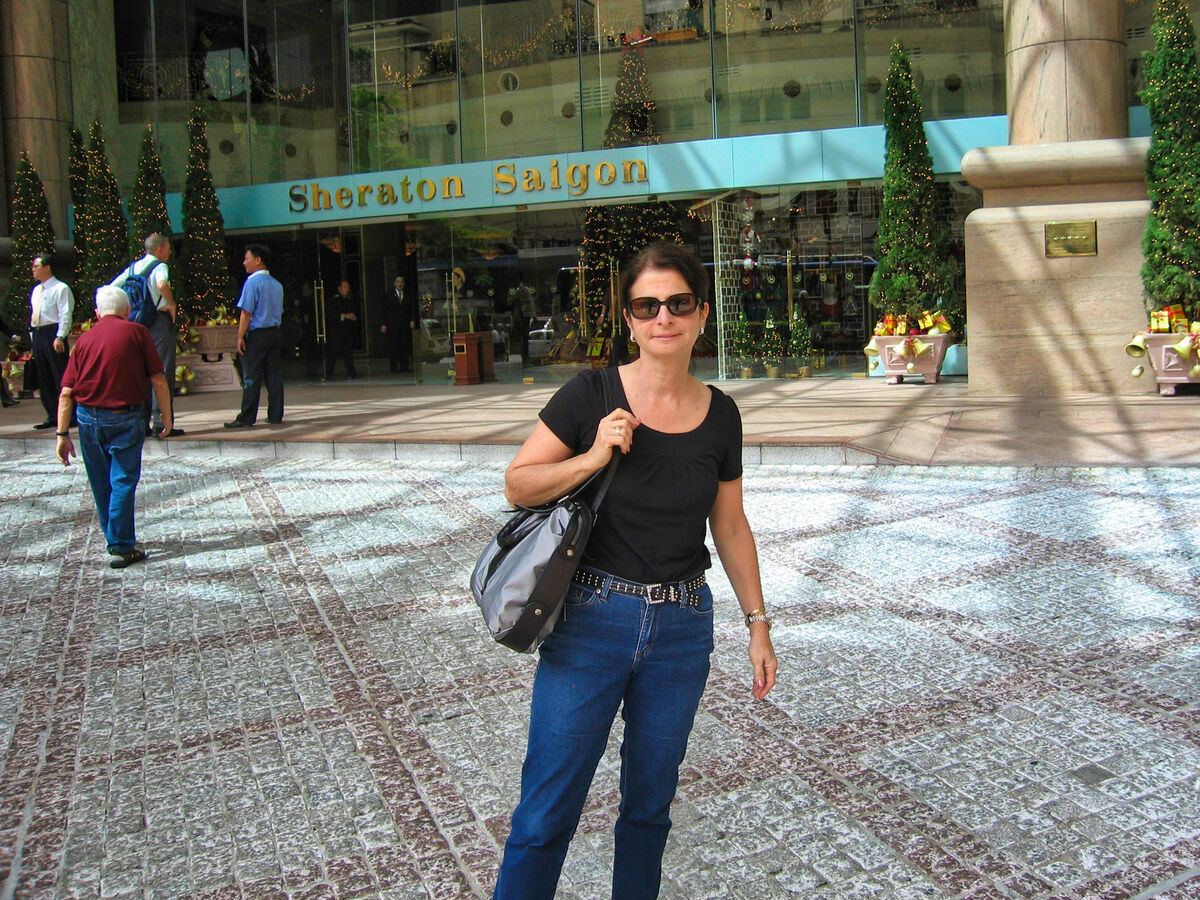
(Download)
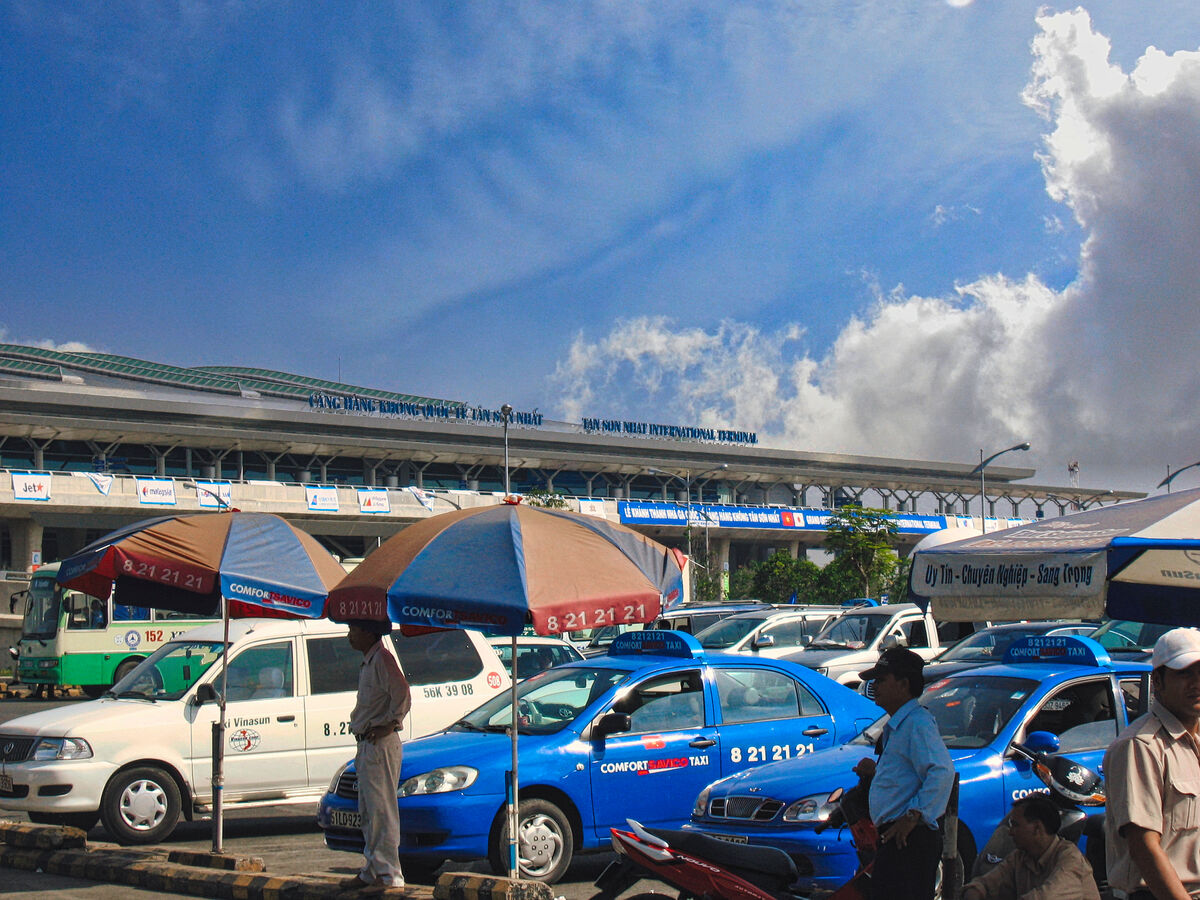
(Download)
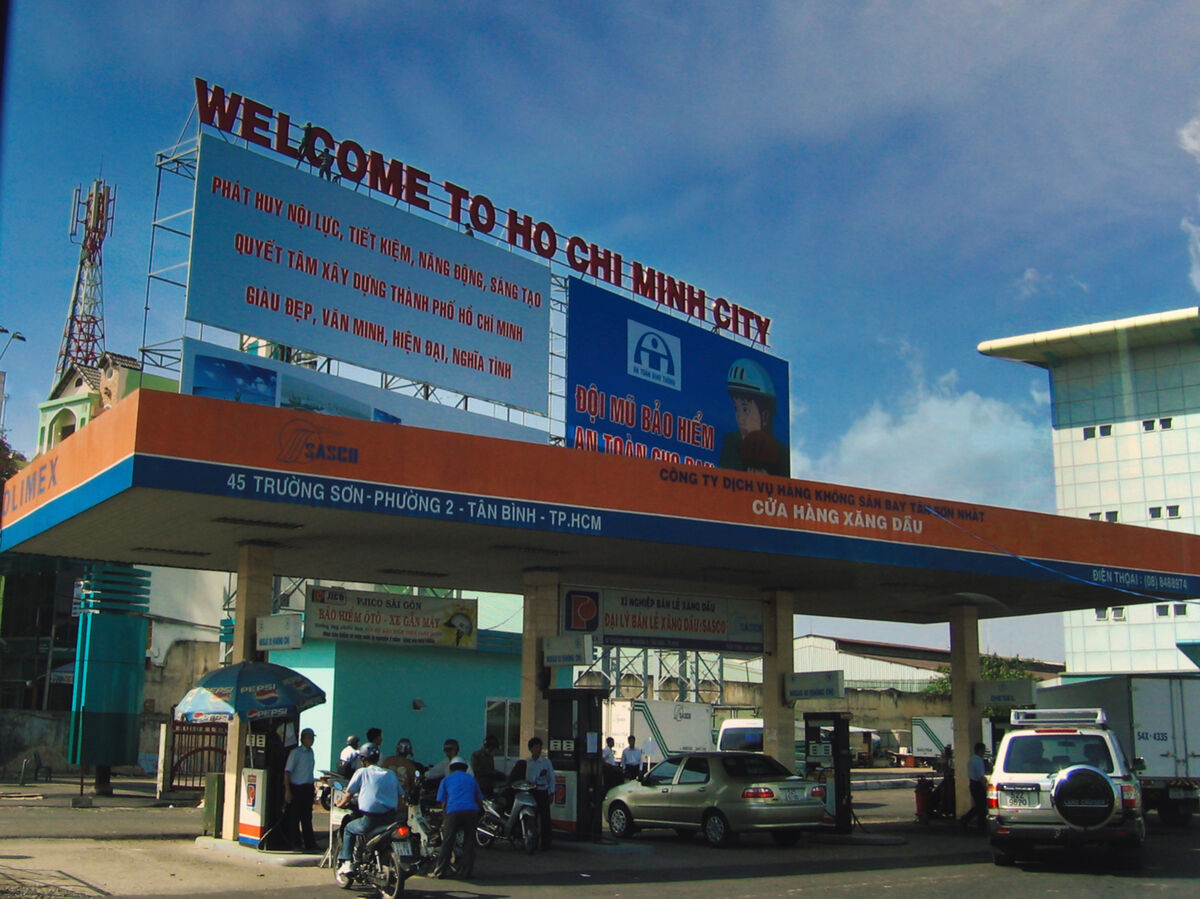
(Download)
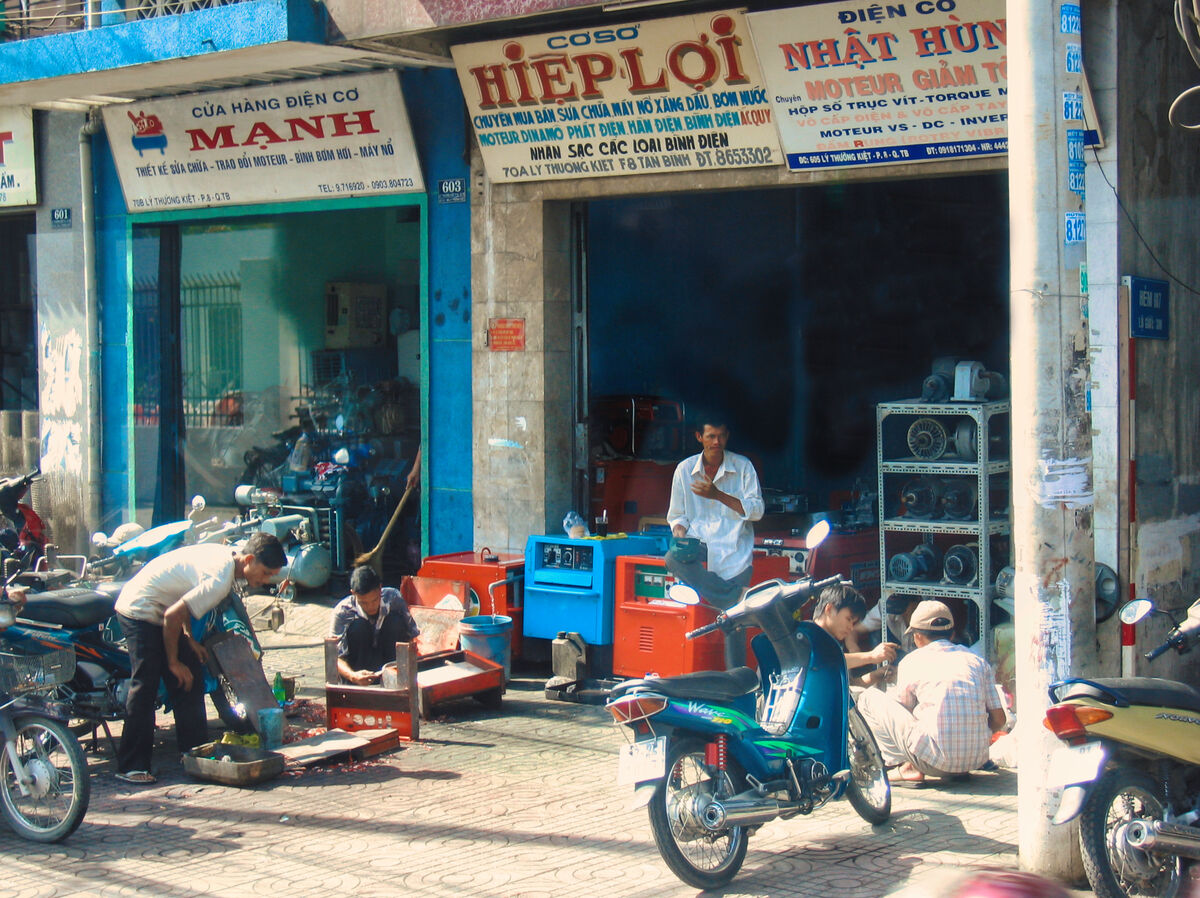
(Download)
Intricate sculptures atop the Thien Hau Pagoda
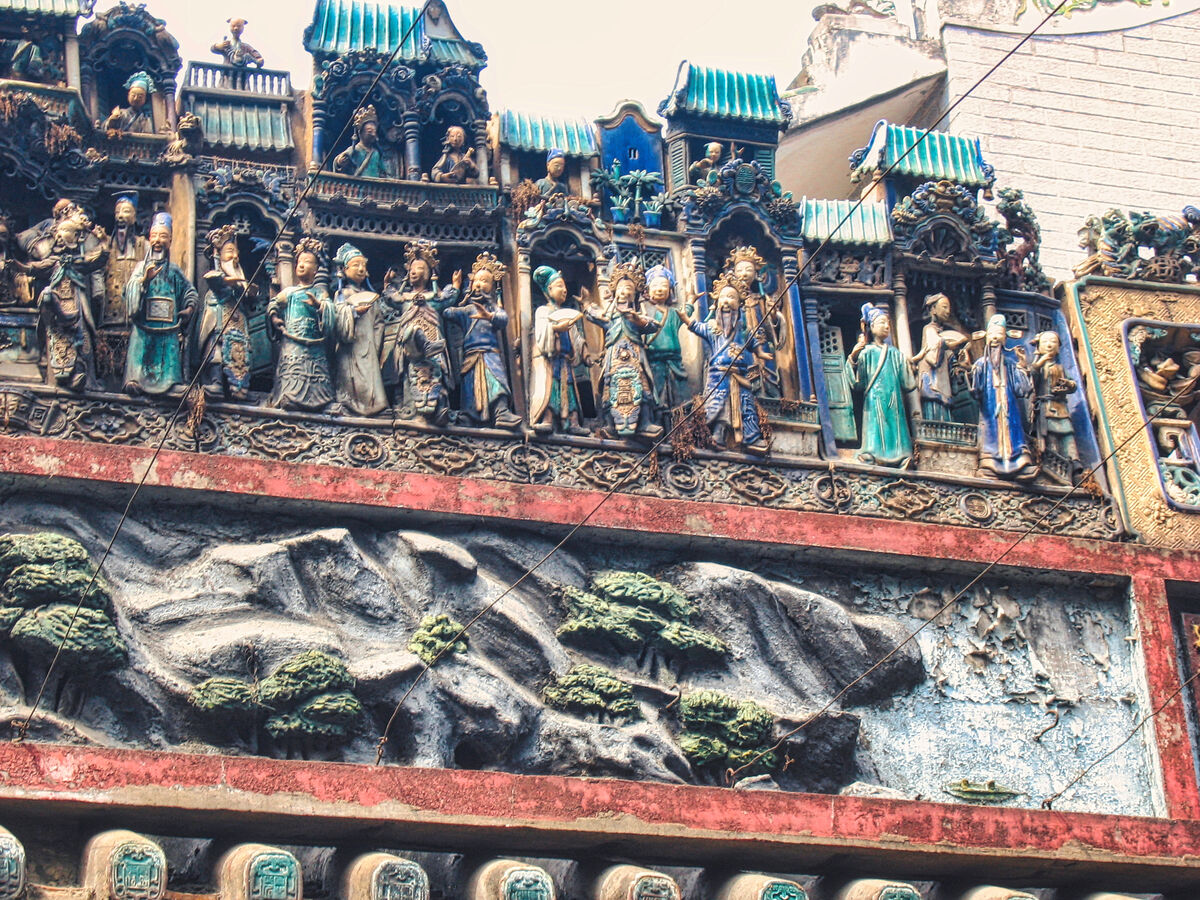
(Download)
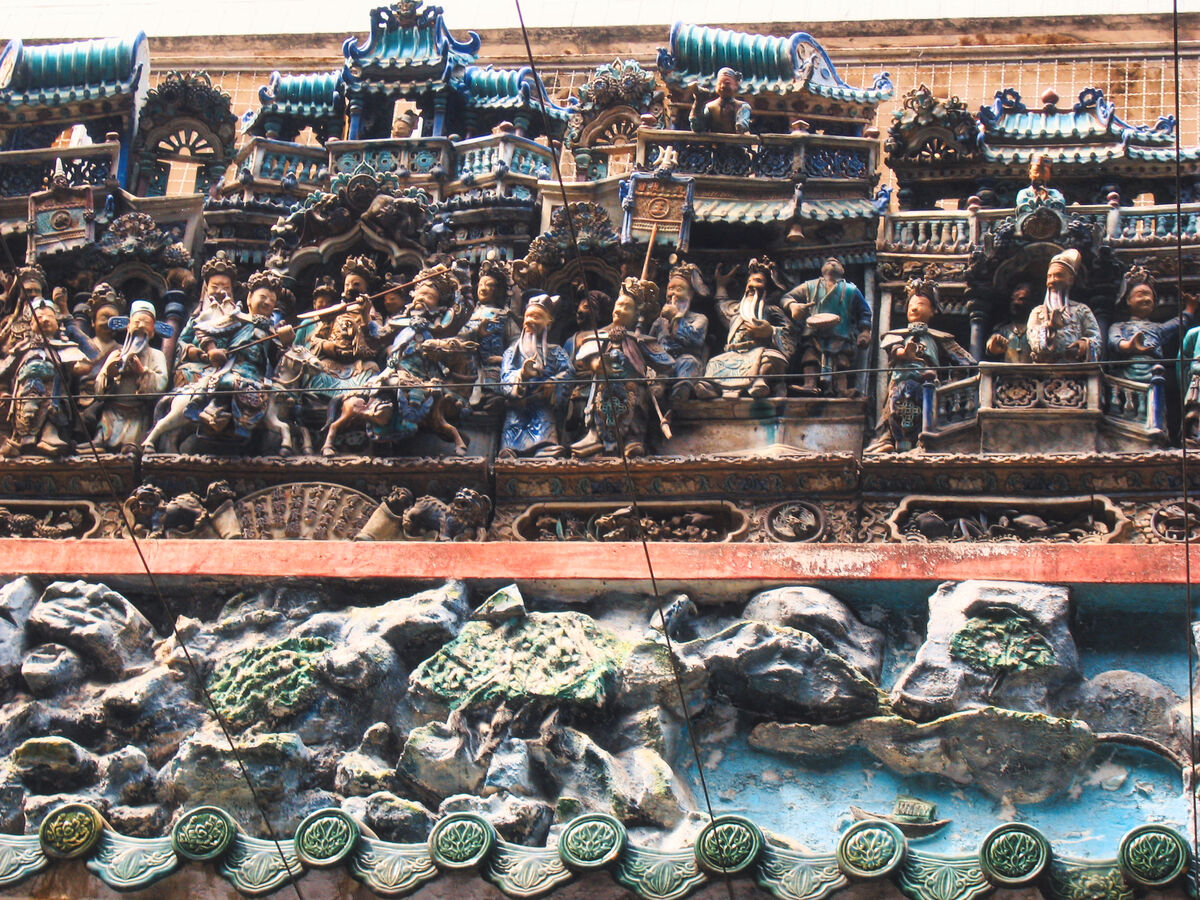
(Download)
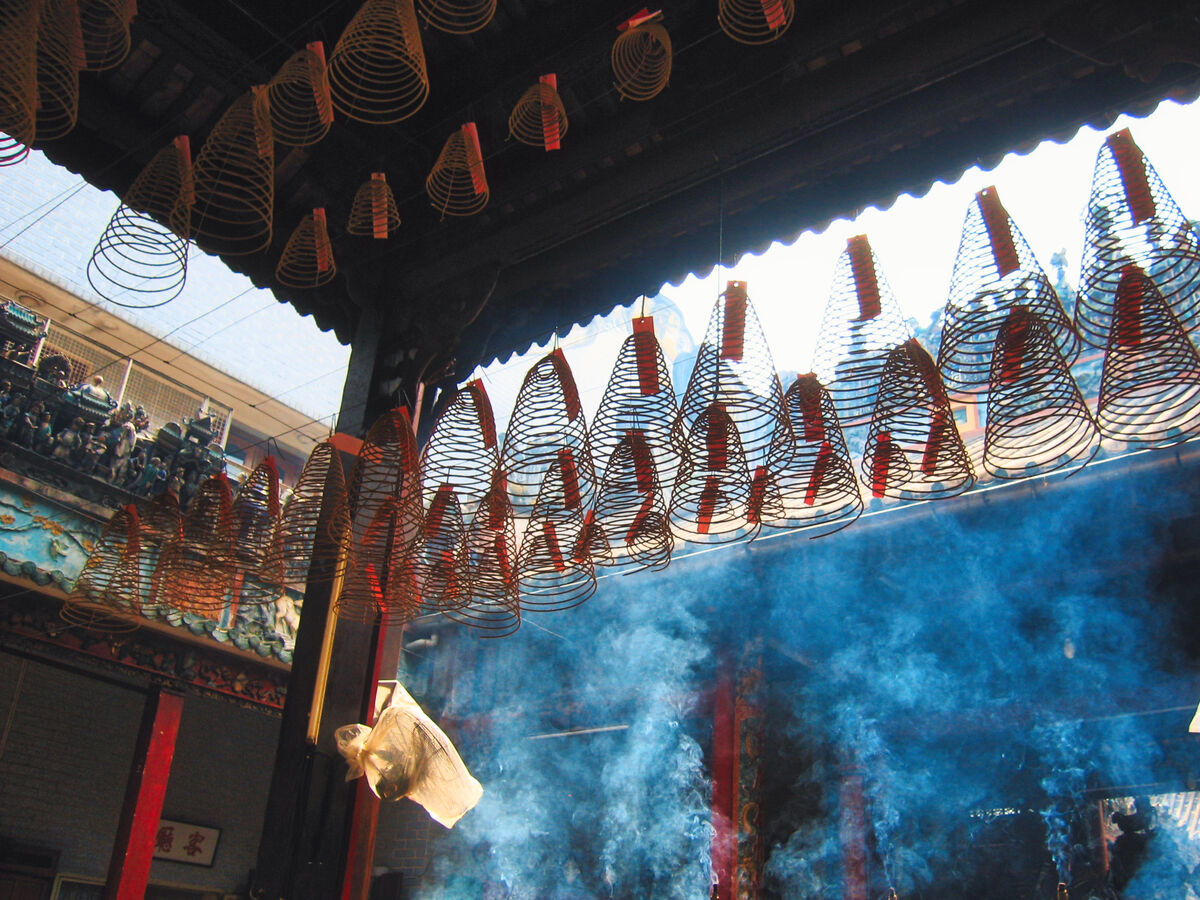
(Download)
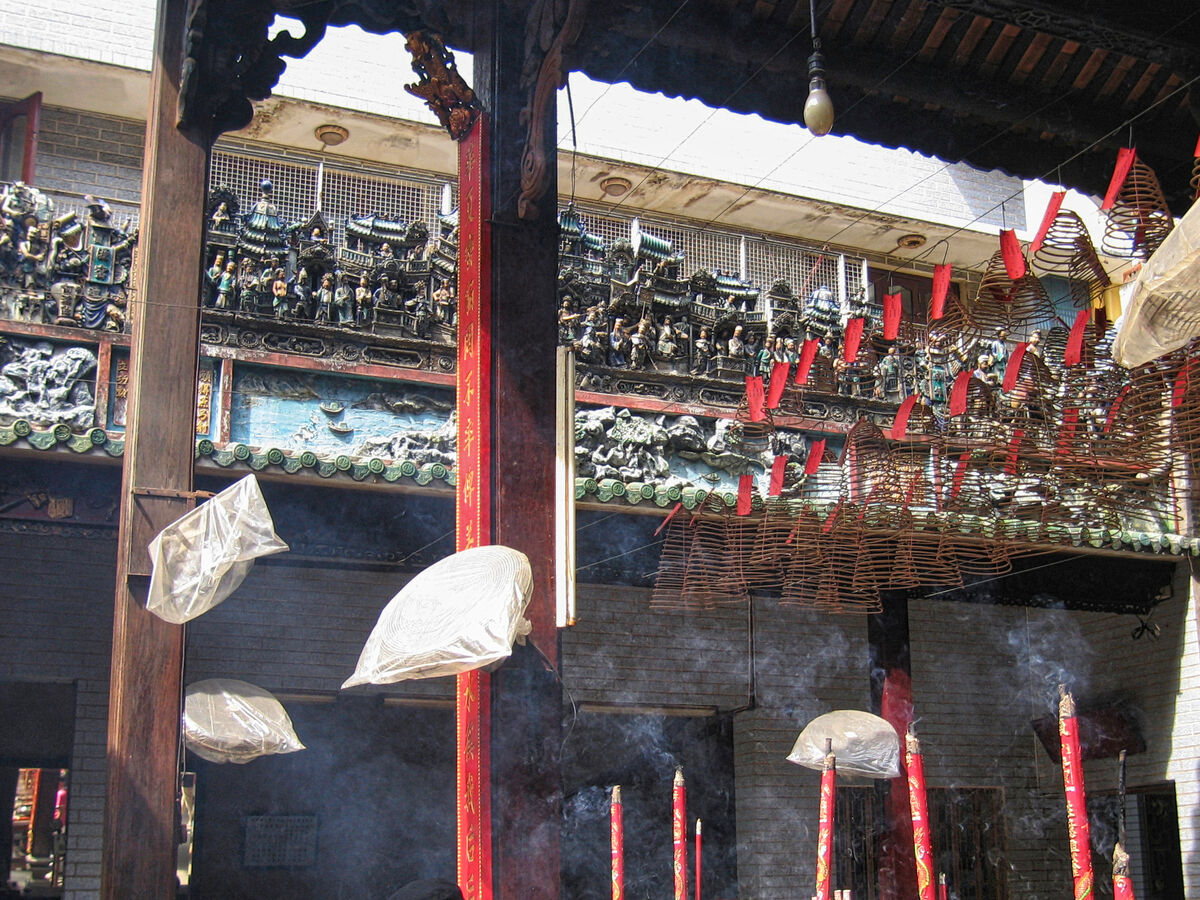
(Download)
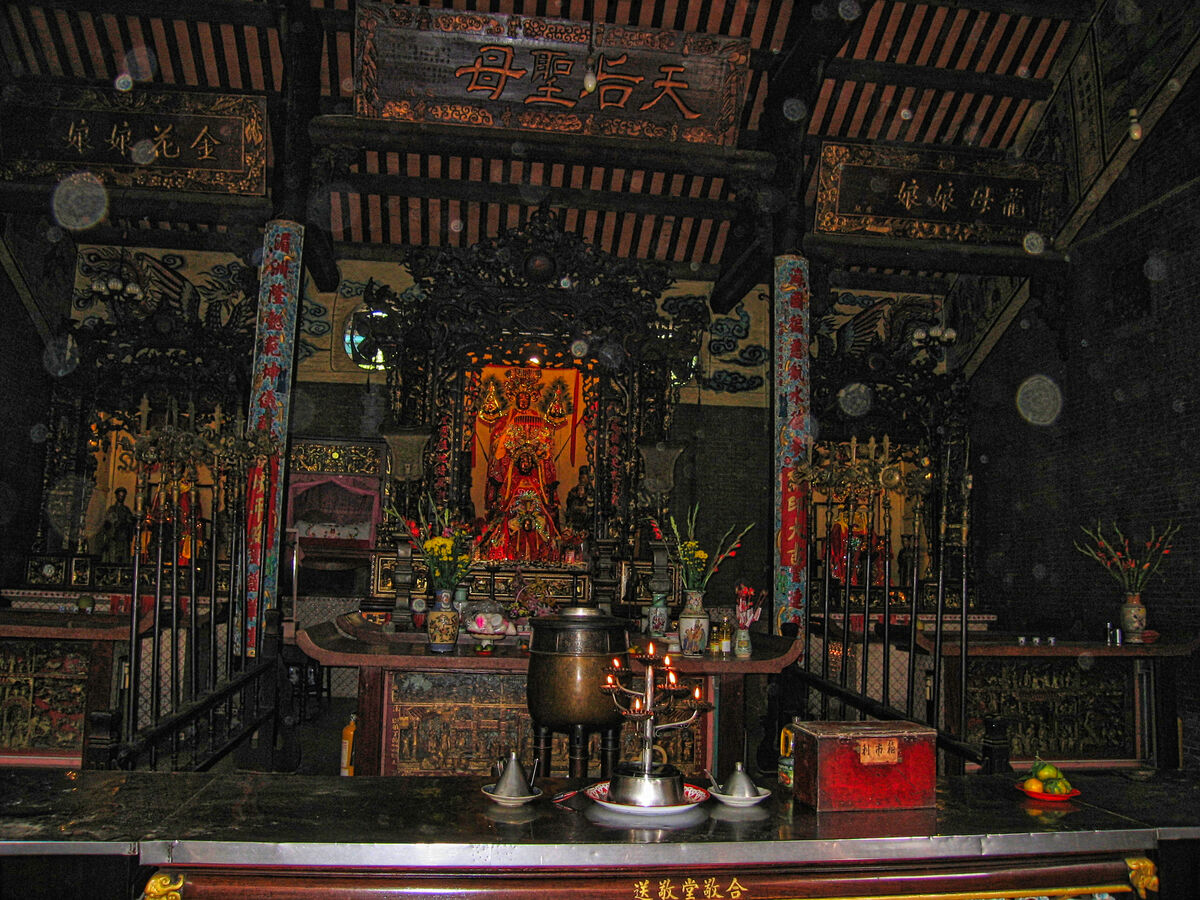
(Download)
Back on the bus
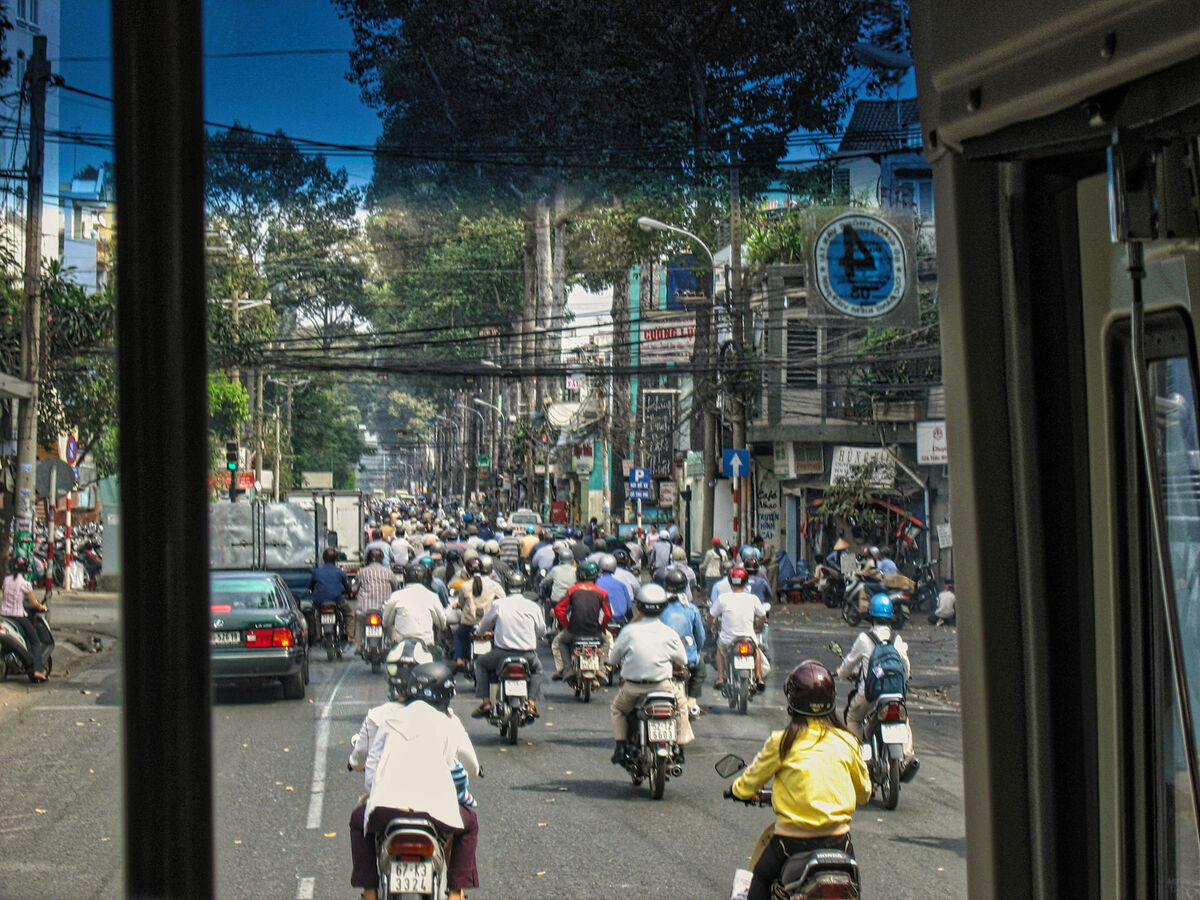
(Download)
Nov 21, 2022 16:04:30 #
Nov 21, 2022 16:30:58 #
Nov 21, 2022 16:39:50 #
Doc, I am sure thankful for a year's-worth of your magnificent shots and your generosity is posting and explaining the locations and all else 



 I lazily sit here and enjoy and admire all your work while touring the world for no cost at all
I lazily sit here and enjoy and admire all your work while touring the world for no cost at all  You and Weber West sure make sure that we all enjoy traveling and viewing all the sites without wearing our shoes and wallets out. Thank you once again for sharing your skill and its incredible results ⭐⭐⭐⭐⭐
You and Weber West sure make sure that we all enjoy traveling and viewing all the sites without wearing our shoes and wallets out. Thank you once again for sharing your skill and its incredible results ⭐⭐⭐⭐⭐




 I lazily sit here and enjoy and admire all your work while touring the world for no cost at all
I lazily sit here and enjoy and admire all your work while touring the world for no cost at all  You and Weber West sure make sure that we all enjoy traveling and viewing all the sites without wearing our shoes and wallets out. Thank you once again for sharing your skill and its incredible results ⭐⭐⭐⭐⭐
You and Weber West sure make sure that we all enjoy traveling and viewing all the sites without wearing our shoes and wallets out. Thank you once again for sharing your skill and its incredible results ⭐⭐⭐⭐⭐Nov 21, 2022 16:41:16 #
Nov 21, 2022 17:05:41 #
Nov 21, 2022 17:19:16 #
Looks like a crowed place, Mark. I don't think I'd visit but you have a nice set of your visit.
Nov 21, 2022 17:57:17 #
Nov 21, 2022 18:44:23 #
Nov 21, 2022 18:56:31 #
Nov 21, 2022 19:02:41 #
joecichjr wrote:
Doc, I am sure thankful for a year's-worth of your... (show quote)
Joe - It gives me great pleasure to share our travel photos and to read your wonderful comments. I really re live the trips and increase my knowledge of the places we visit by posting the narratives. I am thankful that you take the time to comment on my post. Have a wonderful Thanksgiving!
Mark
Nov 21, 2022 19:03:29 #
Nov 21, 2022 19:04:30 #
NMGal wrote:
Joec above expressed my thoughts very well.
Thanks so much Barbara. I'm so pleased that you feel that way.
Nov 21, 2022 19:06:38 #
kpmac wrote:
Looks like a crowed place, Mark. I don't think I'd visit but you have a nice set of your visit.
Thanks very much Ken. More to come!
Nov 21, 2022 19:07:34 #
DJphoto wrote:
Very interesting narrative and another good set of photos Mark.
Thanks very much Dennis. It certainly is a bustling metropolis!
If you want to reply, then register here. Registration is free and your account is created instantly, so you can post right away.

